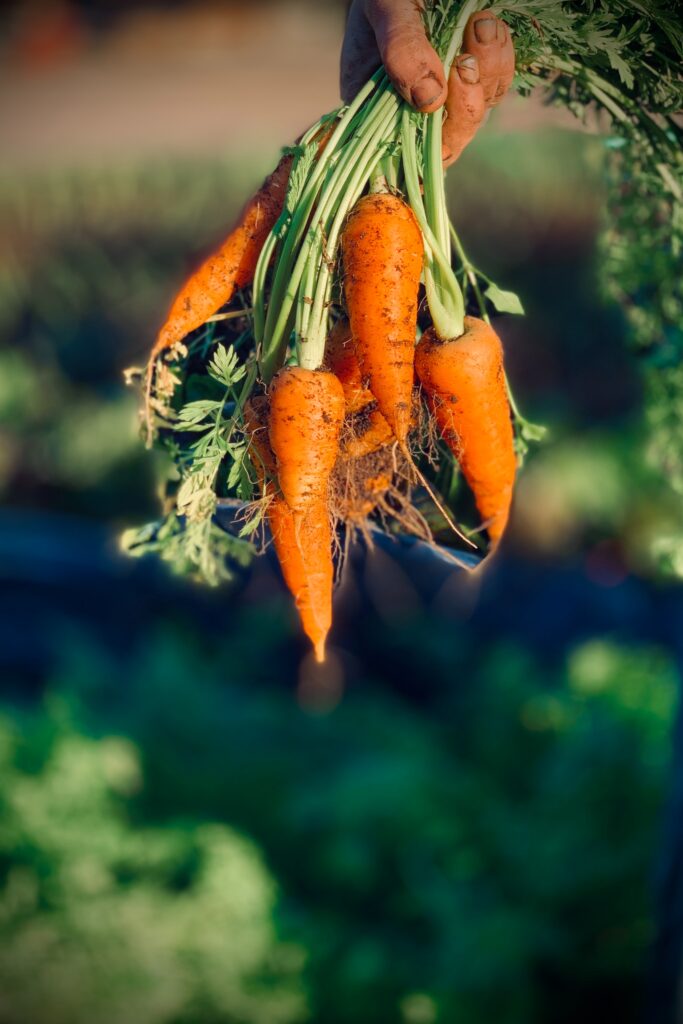
January is a time for fresh starts and new endeavors. One fascinating new adventure to embark on this year is actually one of the oldest practices of civilization: Starting plants from seeds.
It’s true that in a few months you’ll be able to walk into a garden center or home improvement store and find row upon row of vegetables ready for you to transplant into your garden. But there’s a certain magic to growing plants from seed, not to mention opportunities to save money and grow exactly what you want. You can learn all about successfully starting plants from seed in our January 15 class taught by farmer and horticulturist David Cole.
“There are several reasons to grow plants from seed, and cost is definitely one of them,” says Cole, Learning Lab manager and adjunct instructor of horticulture at Tarrant County College Northwest Campus. “If you’re only growing a few plants, that may not be an issue. But even for a family-size lot, you can save a lot of money this way.”
Some plants simply make more sense to grow from seed. “Some vegetable crops really aren’t appropriate for transplanting, like carrots,” says Cole. “And for plants that are very quick to mature, like some greens or lettuce, there isn’t time to start from a transplant.”
| Starting Your Garden from Seed Jan. 15, 9 – 11 a.m. |
For vegetables that do benefit from transplanting, such as tomatoes, which thrive when replanted deeper in the ground than in their original pots, starting your own seedlings gives you more control over the process. “You can really baby that seedling and make sure it’s getting the best start,” says Cole.
One of Cole’s favorite strategies is to use seeds to prepare for the fall growing season. Vegetables including broccoli, cabbage, and spinach thrive in autumn. Cole teaches his students to begin seeds in the ground in what he calls a nursery bed—a small garden bed where seedlings can be placed close together and shaded to protect them from the summer sun. As temperatures start to drop, these seedlings can be transplanted into a regular bed. “This is easier than starting seeds inside in late winter or early spring, especially if you don’t have a greenhouse and need to find a place in your house with the right light and conditions for seedlings,” Cole says.

Growing plants from seed requires a certain amount of faith, says Cole. “When you plant a seed, you don’t know what’s going on. Does it need more water? Does it need more light? Why hasn’t it come up yet? Newer gardeners are more comfortable with an actual plant where they can see what’s going on,” Cole says.
But understanding a few simple techniques will give you the confidence to work with seeds, he asserts. “There are some basic things that have been true since your grandmother had a garden, really since the beginning of civilization when humans started farming,” he says. “You just need some faith that nature is going to work.”






